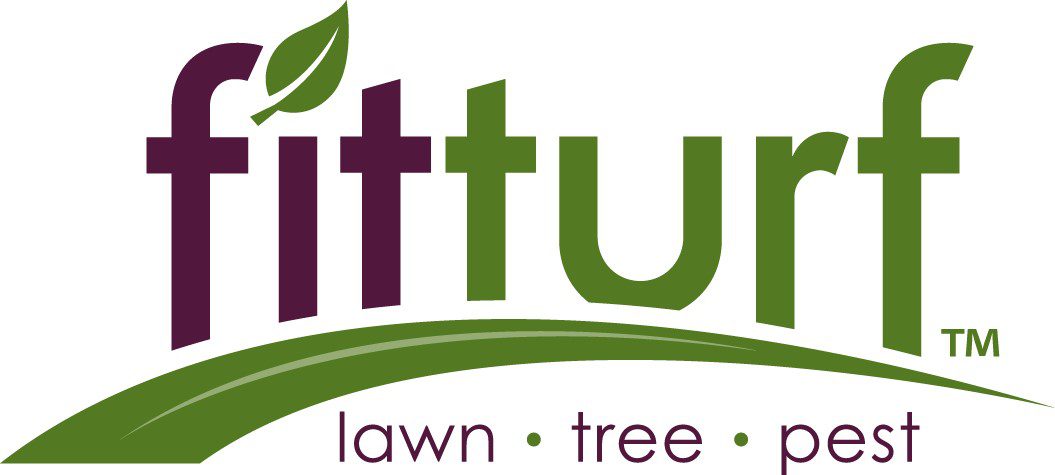When to Fertilize Your Lawn in Colorado
Fertilizing your lawn is an important part of having a bright, thick turf every year. Knowing when to fertilize is just as important. Your location plays a big role in when the grass needs assistance; what works great in the Northeast might not do so well in the Great Plains or Southwest. Fit Turf is here to help you set a Colorado lawn fertilizing schedule that will develop and maintain healthy grass.
When Should You Fertilize Your Lawn in Colorado?
Fertilizing your lawn is an important part of having a bright, thick turf every year. Knowing when to fertilize is just as important. Your location plays a big role in when the grass needs assistance; what works great in the Northeast might not do so well in the Great Plains or Southwest. Fit Turf is here to help you set a Colorado lawn fertilizing schedule that will develop and maintain healthy grass.
Generally speaking, Colorado lawns respond best to a schedule of four fertilization cycles per year. However, some of these cycles are more important than others and differences in the local environment and climate can affect the schedule slightly. (And if your turf is yellow or stunted, you should fertilize it no matter what time of year it is.) Let’s look at the basics of when to fertilize your Colorado lawn and what fertilizers you should use:

Early Spring Fertilizing
Most property owners should start the year with an early-spring fertilization in March or April. The roots of grass start growing before the blades, so fertilizing now provides the nutrients it needs for the growing season. Be careful, though: too much nitrogen can cause the leaves to grow before the roots can handle them, which will lead to your lawn wilting in the summer heat. As such, this is the cycle you can most afford to skip, especially if your lawn seems to be growing fine as-is. If you do fertilize in the spring, use one with low nitrogen levels.
Late Spring & Early Summer
Give your lawn another round of fertilizer — or the first round if you skipped the spring cycle — sometime in May or early June. Use a fertilizer that has slow-release nitrogen and somewhat higher potassium levels than what you use the rest of the year. This will help strengthen the lawn and maintain its color for the hot, dry months ahead.
Mid-Summer Feedings
When exactly to apply fertilizer during the summer depends on what type of grass your Colorado lawn has. If you have a cool-season grass such as Kentucky bluegrass or perennial ryegrass, wait to fertilize until late August. These grasses actually go semi-dormant during the summer, so fertilizing then — especially with a high-nitrogen source — will cause excessive growth and leave it more open to diseases. Warm-season grasses such as blue grama, on the other hand, should be fertilized in July as this is when they naturally grow the most. In either case, make sure to water and mow your lawn regularly or the fertilizer will cook your grass like oil in a deep fryer.
Fall Fertilizer
Fertilizing Colorado lawns in October or early November is actually the most important time of the year to do so, especially if you have cool-season grasses. The roots continue to grow for a few weeks after the blades have stopped, and the nutrients they absorb now will help them stay healthy through the winter and get off to a better start next spring. For the most effectiveness, use high-nitrogen fertilizer within a week of rainfall or irrigation and continue to water your lawn throughout the fall.
Contact the experts at Fit Turf with other questions about how and when to fertilize in Colorado.

